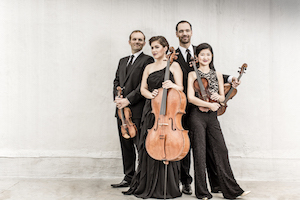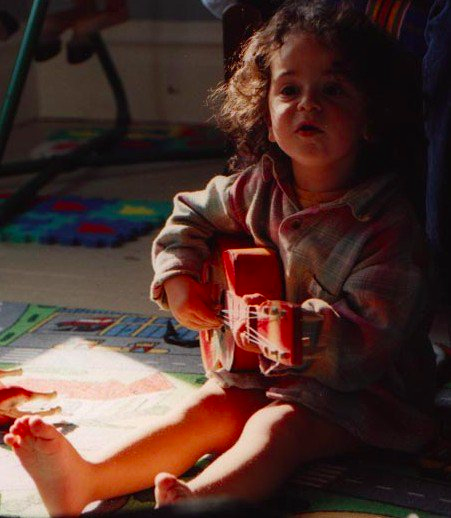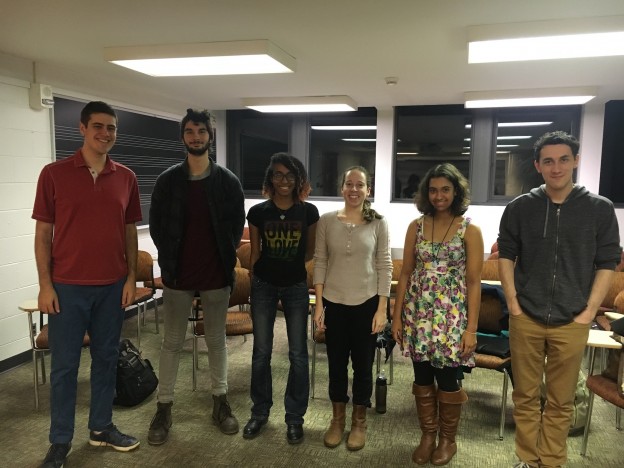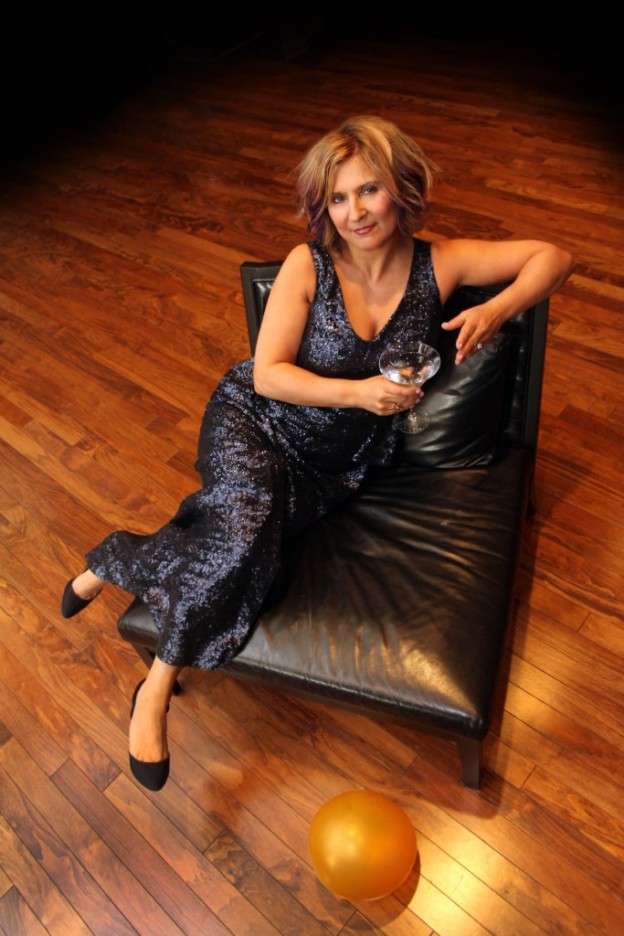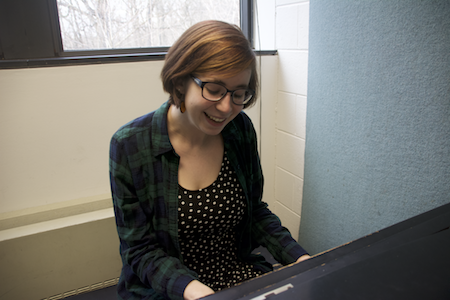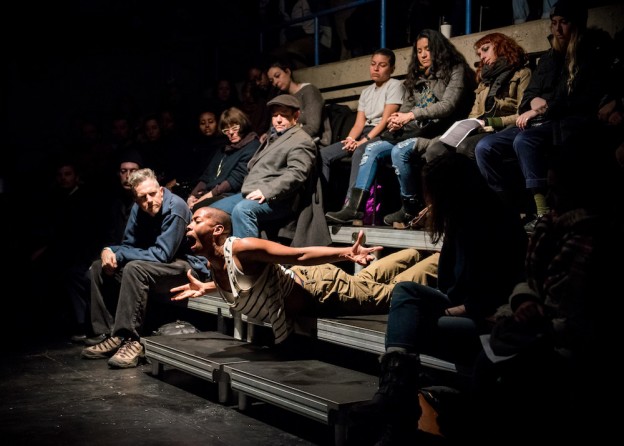Since their formation at Oberlin Conservatory in 2006, the Jasper String Quartet has received a steady stream of recognition and praise. From prestigious awards at various music competitions, to residencies at Oberlin College, Rice University, Yale University, Temple University, and Swarthmore College, the Jasper String Quartet has traveled extensively to deliver both emotionally stunning performances as well as informative master classes. While in residency as a Featured Guest Artist at Swarthmore, the Jasper String Quartet has conducted a series of master classes, rehearsals, and workshops over the past few months with students in chamber music and composition courses, the Swarthmore College Lab Orchestra, and the Swarthmore College Orchestra.
When Andrew Hauze of the Music Program became acquainted with the Jasper String Quartet in 2010 through Astral Artists, a Philadelphia-based nonprofit, he recognized that the group was not only passionate about their art, but also eager to share their knowledge with younger students.
“I saw that not only are they terrific musicians and an amazing group together, but really fine teachers. One of the prerequisites for inviting people to participate in this featured artist series is that they are able to teach and interact well with undergraduate students who are not in a conservatory but who are really serious about music.”
Since the Jasper String Quartet is based in Philadelphia, it was fitting for the group to visit Swarthmore College a number of times throughout the academic year. Although still early in their professional relationship with the college, Professor Hauze has found their impact profound as they work with our students in both master classes and orchestra sectionals.
“After they work with us, the difference is immediate, and the sound, the way that we play, the kind of chamber music sense of playing together, is startling. We’ve had the opportunity for them to play alongside student musicians, so it’s not just a teacher-student relationship, but…playing together as colleagues making one musical experience.”
This ability to create unity and emphasize the importance of communication was a lesson that Jasmine Sun ‘18, a violinist at Swarthmore College who attended one of the Jasper String Quartet’s master classes, noticed and marveled at as well. “They helped us to harmonize our sounds and play more cohesively. They showed us how to listen more closely to each other [and] worked with us on using certain techniques to enhance our sound quality. It was a wonderful experience…to see how small changes they suggested really helped us to enhance our playing.”
The deep sense of awareness and intimacy that has propelled the Jasper String Quartet to such success serves a poignant reminder of the importance of music as a source of community. The Quartet’s exceptional capacity to listen and communicate so well with one another is something that Hauze is hopeful those who attend the Jasper String Quartet’s solo concert in Lang Music Hall on March 2nd will enjoy. They will be playing Haydn’s Quartet in D minor Op. 76 no. 2, as well as other works by Shostakovich and Mendelssohn. The concert is free and open to the public.
Marion Kudla ’19
